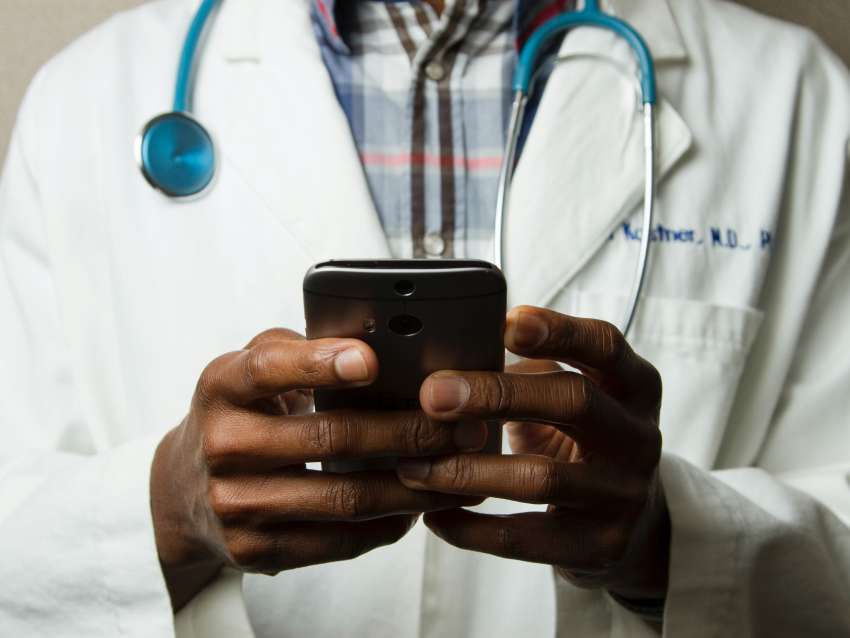
Inequity in the time of COVID-19
The COVID-19 pandemic has been ravaging our country, exposing many weak points in a country many once believed was impenetrable. Beyond the teetering economy, healthcare workers endangering themselves, and an overall lack of resources; COVID-19 has shown the many what the few have already known: the United States healthcare system disproportionately favors white people.
To many, the idea that people of color (POC) would be infected and killed at a significantly higher rate would not come as a shock. Especially given that POC can often find themselves living in overcrowded, multigenerational homes and are more likely to have preexisting conditions like asthma or hypertension.
During a time where many are privileged enough to be able to work from home, others must leave their home for work, whether motivated by finances or the kind of jobs they hold. The U.S. Bureau for Labor Statistics reports that black people specifically are disproportionately working service jobs (public transportation, healthcare, food service, etc.) that can not be performed remotely, thus putting them at a higher risk for infection.
Just recently, the CDC released limited data that gave a breakdown of COVID-19 infections by race. The data for Fayette County (as of April 12, 2020) showed that while POC make up 26% of the county's population, they account for 38% of the cases. Given the higher probability of having comorbidities, POC are also more likely to be admitted to a hospital or lose their life to COVID-19.
This inequity is more than just a Kentucky issue. We see the data is skewed the same way all across the country. In Illinois, black people make up about 15% of the population; however, they account for almost 43% of COVID-19 fatalities and 28% of the overall cases. In Cook County (home to Chicago), the data is even more concerning. Cook County Medical Examiner reported that black residents make up only 23% of the population in the county, but account for approximately 58% of COVID-19 deaths.
These statistics are part of the motivation behind the University of Kentucky’s upcoming panel Outside the Margins: COVID-19, Health Inequities, and the Black Community which will take place on Tuesday, April 28, 2020. Panelists include Rebecca Dutch (UK Molecular and Cellular Biochemistry), Anita Fernander (UK College of Medicine), V. Faye Jones (UofL Pediatrics), and Vivan Lasley-Bibbs (Kentucky Department of Public Health) with moderator Trenika Michell (UK College of Pharmacy).
The event is free and will take place online via Zoom.
The event is sponsored by UK’s Offices of Institutional Diversity.
